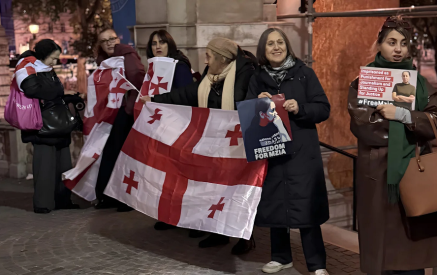Strasbourg, 08.06.2021 –The number of persons subject to sanctions and measures which keep offenders in the community and do not deprive them of liberty grew by 3% in Europe from 2019 to 2020, according to the 2020 SPACE II annual survey, carried out for the Council of Europe by the University of Lausanne. (Please see also the Key Findings).
This growth – from 1,456,192 in 2019 to 1,500,547 persons in 2020 – is reflected by the data provided by 29 probation agencies which use the person as a counting unit (some administrations use other indicators such as the number of cases or files). It continues a trend of expansion across Europe of community sanctions and measures such as electronic monitoring, community service, home arrest, treatments, semi-liberty or conditional release.
Considering the 38 probation administrations which provided data for both 2019 and 2020 this trend is confirmed: in more than half (22) there was an increase. Ten of them registered significant increases: Serbia (34%), Azerbaijan (27%), Spain (State Administration) (15%), Slovenia (13%), Ireland (11%), Italy (10%), Lithuania (8.6%) Belgium (7.5%), Norway (7.3%) and Turkey (6.1%). On the other hand, eight administrations experienced significant decreases: Armenia (47%), Bulgaria (22%), Greece (15%), Monaco (14%), Latvia (8.2%), Estonia (7.4%) and Switzerland (5.8%).
On 31 January 2020 there were across Europe 149 probationers per 100,000 inhabitants compared to 103 inmates in prison per 100,000 inhabitants. The probation administrations with the highest probation rates were Poland (643 probationers per 100,000 inhabitants), Turkey (627), Lithuania (568) and Georgia (562). The administrations with the lowest rates correspond to two countries that started to use community sanctions and measures in the last decade: North Macedonia (6 probationers per 100,000 inhabitants) and Serbia (35), followed by Switzerland (47), Norway (49), Finland (54) and Bulgaria (56).
In 34 out of the 40 prison and probation administrations which provided data, the probation population rate was higher than the prison population rate. The exceptions were North Macedonia, Serbia, Switzerland, Norway, Bulgaria and Azerbaijan, where the incarceration rate was higher than the rate of probationers per 100,000 inhabitants.
Read also
When analysing the ratio between probation and prison populations, eight countries showed low rates both in prison and probation (Switzerland, Norway, Finland, Iceland, Slovenia, Croatia, Monaco and Cyprus).
Georgia, Lithuania and Turkey were in the opposite situation: they had remarkably high prison and probation rates – both above the European median -, which could be an indicator that community sanctions and measures are being used not as alternatives to imprisonment but as supplementary sanctions. This could also be applicable to a number of countries with high probation population rates and relatively high prison population rates (Czech Republic, Slovakia, France, UK (England and Wales), Latvia, Republic of Moldova, Portugal, Estonia, Romania, UK (Scotland) and Poland.
On average, 11% of probationers were female, more than double than the proportion of women among the prison population (5%) in the 33 agencies which provided data on prisoners and probation.
Foreigners accounted for 6.7% of probationers, a smaller proportion than among the prison population (17%) in the 22 agencies which provided data on foreign prisoners and probationers. “This difference is at least partially due to the fact that it is more difficult for a foreign citizen to meet the conditions required to be placed under probation supervision, often because of the lack of a stable address in the country. It is also plausible to assume that some foreign inmates are deported after serving their prison sentences and are not given the possibility of being placed under probation”, said the Head of the SPACE research team, Professor Marcelo Aebi, from the School of Criminal Sciences of University of Lausanne, Switzerland.
***
Conducted every year for the Council of Europe by the University of Lausanne, the SPACE survey provides an overview of the use of custodial (SPACE I) and community sanctions and measures -also known as alternatives to imprisonment – (SPACE II) in the Council of Europe member states.
Notes:
• Unless otherwise indicated, the data are expressed in median values, which are more reliable than average figures as they are less sensitive to extreme figures.
• The 2020 SPACE II survey contains data from the probation agencies of Council of Europe member states except for Albania, Bosnia and Herzegovina, Germany, Hungary, Liechtenstein, Russia and San Marino.
• The data on probation population on 31 January 2020 refer only to the 31 probation services which use the person as a counting unit.
Council of Europe






















































